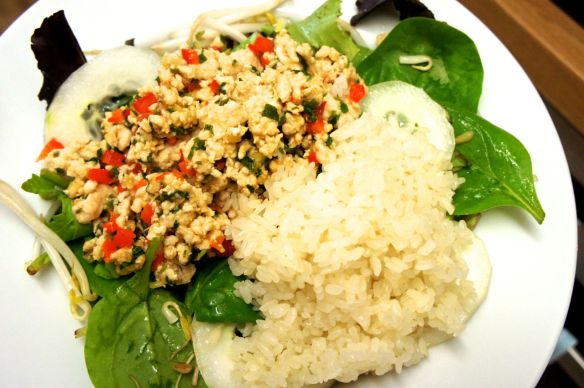 It’s pancake day here in the UK, which means my kids got a pancake lunch, a pancake supper, and pancake dessert. If that sounds like a lot of work, it really wasn’t. Not only was I too lazy to make a pancake breakfast, the truth is, I only actually made pancakes once. To be more accurate, I made galettes bretonnes once and we ate them three different ways using three very easy variations.
It’s pancake day here in the UK, which means my kids got a pancake lunch, a pancake supper, and pancake dessert. If that sounds like a lot of work, it really wasn’t. Not only was I too lazy to make a pancake breakfast, the truth is, I only actually made pancakes once. To be more accurate, I made galettes bretonnes once and we ate them three different ways using three very easy variations.
Galettes bretonnes, or buckwheat crepes, are traditionally made with buckwheat flour only, making them naturally gluten-free. If you want to have them in a restaurant, however, be careful, since some cooks mix the buckwheat flour with wheat flour. Perhaps they fear that the buckwheat will be strong-tasting – and in some recipes it can be – but honestly, here it isn’t. No, it doesn’t taste exactly like a wheat flour crepe, but it has a mild and pleasant taste and texture. Honestly, it’s nothing too challenging.







